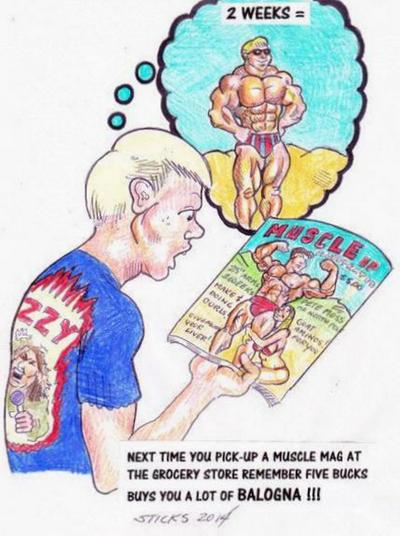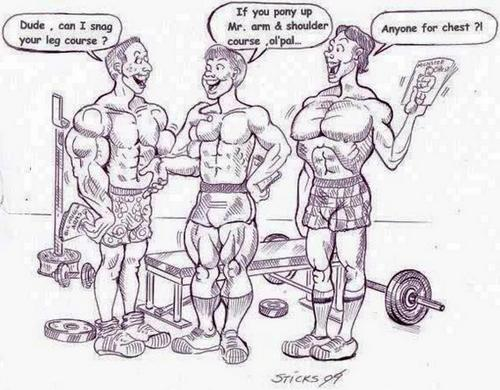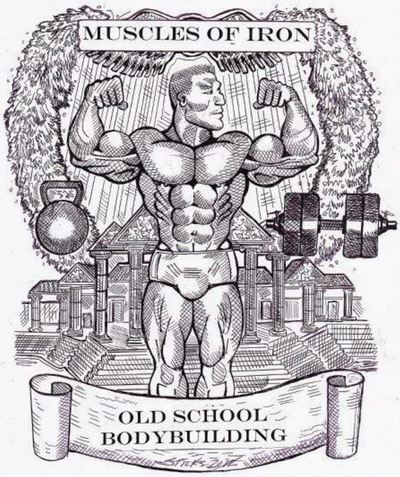Introduction
When I first started training I believed almost anything I read in the popular bodybuilding text of the day, and I tried nearly everything I was told would work. It wasn't until I shed my short pants and started training in earnest for sports that logical methods to improve one's strength & conditioning led the way to the truth. When gaining another 10-15 pounds on my press or squat overshadowed my attempt to build 20-inch arms in three weeks, then everything took care of itself quite nicely.
I then started reading bodybuilding magazines strictly for amusement, oh also because the girls in the ads now had their rear ends hanging out. 45 years later, the situation is about the same. While standing in the grocery store line the other day I snagged on of the latest “fitness” magazines and flipped through it. The publication template was set 40 years ago. Expert, Mr. Something or other, reveals his advanced split training routine.

Up until the early 1960s, popular training routines were generally much more basic. They often consisted of just six to eight compound barbell and dumbbell movements done in three progressive sets two to three times per week.
Things then took an ugly turn. Some publisher got the bright idea to not only sell his monthly muscle rag, but to also sell training courses that stressed split-system training, mega sets, and working body parts as individual units. And, to sell these courses, advertisement was stretched across all moral bounds. You would read hooks like, “Add 4 Inches to Your Arms in One Month!” Yea, right!
The truth is you eat as a unit, you sleep as a unit and you should TRAIN as a unit. You cannot duplicate the muscle size of your favorite physique star unless you have a similar genetic/physiological footprint, even if you take a ton of pharmaceuticals!.
What the muscle rags didn't tell you is that the guy in the ad had big-gun potential when he wrestled and did gymnastics in high school. Steve Reeves, for example, built great legs from delivering papers in Montana when he was a kid. This was long before he ever heard of a barbell.

So, most of us should forget about the fancy training routines that feature the training routines of the “champions.” They are next to worthless for the average trainee. Instead, its time to go back to the 60's, Homer! Try training with a limited number of compound movements (four to eight), training the body as a whole two or three times per week. Two or three sets per exercise will probably be best, and concentrate on measurable strength increases. When progress slows, kick back a week and read a muscle book, FOR LAUGHS!!!

Add Comment